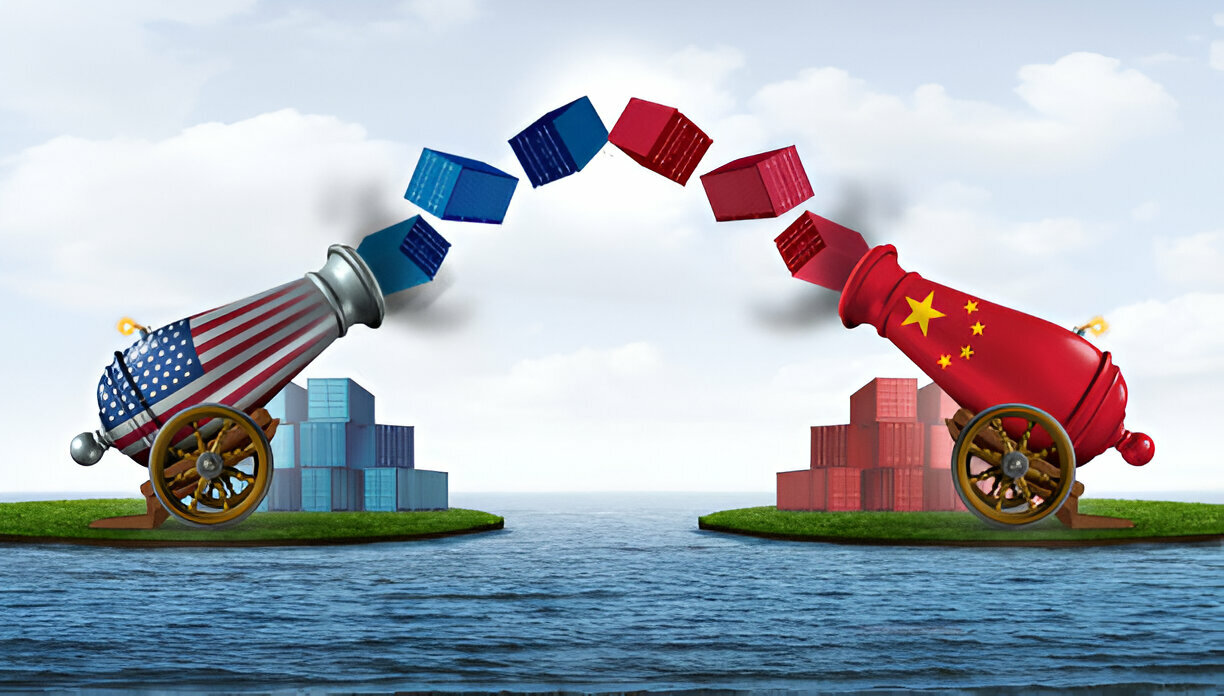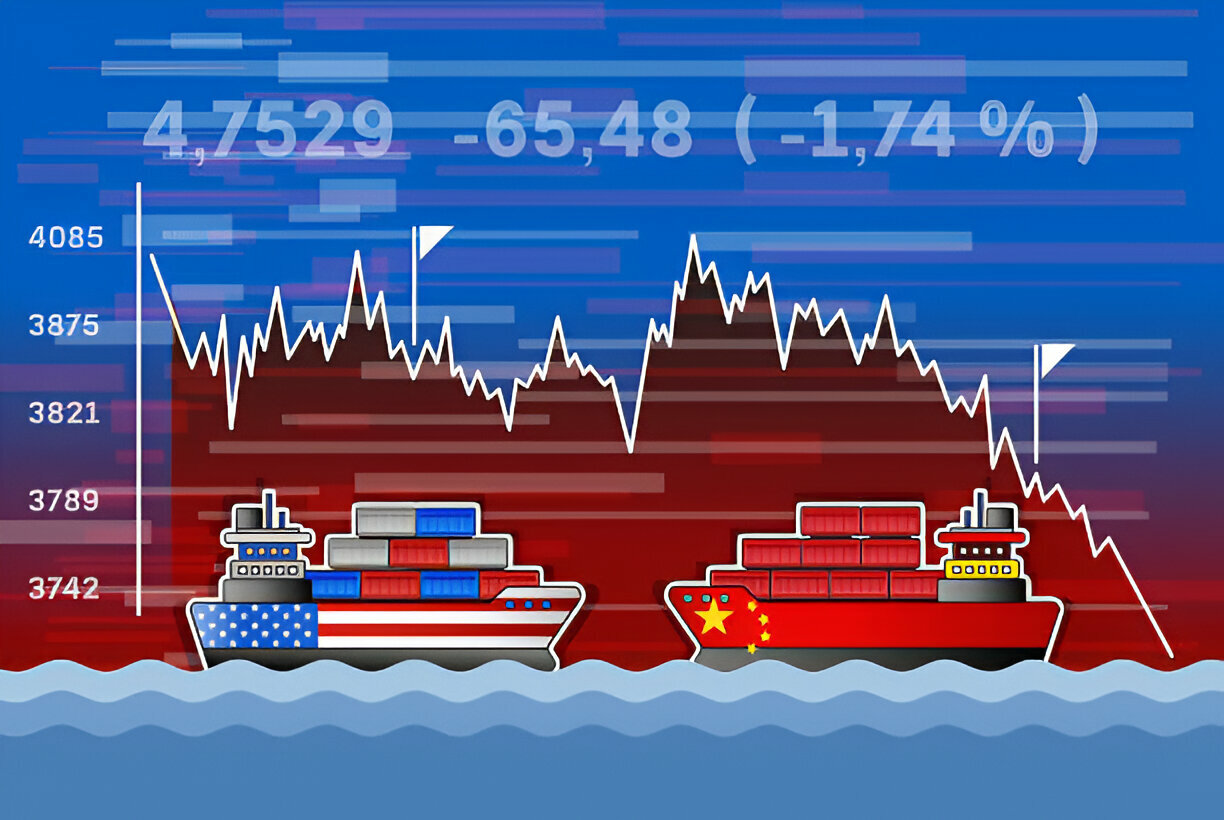When it comes to international trade, customs and tariffs are not just administrative steps. They can make the difference between a profitable export deal and a financial loss. For African entrepreneurs entering the global market, especially those trading in raw materials, food products, or craft goods, failing to understand customs and tariffs can result in delays, unexpected expenses, or confiscated goods.
If you’re building an export-focused business, whether in Nigeria, Kenya, Ghana, South Africa, or elsewhere, this article provides a practical breakdown of customs and tariffs and why understanding them is essential for your success.
What are Customs and Tariffs?
Customs are government agencies responsible for regulating what comes in and out of a country. They inspect shipments, enforce laws, and collect duties.
Tariffs are taxes imposed on imported or exported goods. These rates vary depending on the type of product, its quantity, country of origin, and trade agreements in place.
Governments use customs and tariffs to protect local industries, generate revenue, and control the flow of specific goods.
In summary, customs enforce the trade rules, while tariffs determine how much you’ll pay to move goods across borders.
Why They Can Make or Break a Deal
Imagine you secure a buyer in Germany for your shea butter. You agree on a price, package your goods, and send the shipment. But when it arrives:
-
You used the wrong product classification code
-
You undervalued the product on the invoice
-
The import tariff is higher than your profit margin
-
The packaging doesn’t meet EU safety standards
As a result, customs delays the shipment, imposes penalties, or rejects the goods entirely. The buyer is frustrated, and you lose the deal, your reputation, and possibly future business opportunities.
Key Concepts Every Exporter Must Understand
1. HS Code (Harmonized System Code)
Every product traded across borders is assigned a specific code under the Harmonized System (HS), used worldwide for product classification.
The HS Code helps determine the tariff rate, whether the product is restricted, and the necessary compliance standards.
Examples:
-
Raw cocoa beans: 1801.00
-
Processed shea butter: 1515.90
-
Dried hibiscus flower: 1211.90
Use official databases or customs websites in your country to find the correct HS Code for your product.
2. Tariff Schedules and Rates
Each country sets its own tariff schedule. Your product may be taxed differently depending on:
-
The product’s HS Code
-
The destination country’s rules
-
Whether there’s a trade agreement in place
For example, sesame seeds exported from Nigeria to Turkey may attract a 5 percent tariff, while the same product could be duty-free in the UAE.
Several online tools can help you research tariff rates:
-
WTO Tariff Analysis Portal
Smart exporters include estimated tariffs when setting prices for their buyers.
3. Export and Import Documentation
Incorrect or incomplete documentation is one of the most common reasons for customs delays.
Basic export documents include:
-
Commercial invoice
-
Packing list
-
Certificate of origin
-
Bill of lading or airway bill
-
Export permit
-
Health or phytosanitary certificate (for food or plants)
Ask your buyer if they need any additional documents for customs clearance in their country.
4. Rules of Origin
These rules determine where a product is made, which affects whether it qualifies for reduced tariffs under trade agreements.
For example, if clothing is sewn in Ghana using imported Chinese fabric, it may not qualify as fully Ghanaian-made under some trade rules.
Rules of origin are especially important under agreements such as:
-
AfCFTA (African Continental Free Trade Area)
-
EU’s Everything But Arms (EBA)
-
AGOA (U.S. trade preference for African countries)
5. Incoterms (International Commercial Terms)
Incoterms are standard terms that define which party is responsible for shipping costs, risks, and customs duties.
Examples:
-
FOB (Free on Board): The seller handles costs up to the port; the buyer covers everything else
-
CIF (Cost, Insurance, Freight): The seller pays for delivery to the buyer’s port
Using the wrong Incoterms can result in misunderstandings or loss of profit. Always agree on this with your buyer before shipping.
6. Customs Clearance Process
When goods arrive at a port, customs officials inspect the shipment, check the documentation, calculate tariffs, and either approve or reject the entry.
Delays can occur if:
-
The HS code is incorrect
-
Invoice details don’t match the goods
-
Certifications are missing
-
There are discrepancies in declared quantities
It’s often useful to partner with an experienced freight forwarder or customs broker to handle clearance procedures professionally.
A Global Perspective: The Tariff War and Why It Matters
The impact of tariffs goes beyond small businesses. In recent years, the world witnessed one of the most high-profile trade disputes between the United States and China.
During the administration of President Donald Trump, the United States imposed heavy tariffs on hundreds of billions of dollars’ worth of Chinese goods. China retaliated by imposing tariffs on U.S. exports.
This trade war disrupted global supply chains, increased costs for businesses, and affected prices for consumers worldwide. Countries like Canada, the European Union, and Mexico were also drawn into tariff retaliations.
For African exporters, this shows how global politics can affect market access, pricing, and competitiveness. If a major buyer country increases tariffs on certain goods, it may indirectly affect your exports through higher shipping rates, delayed payments, or shifting demand.
Trade is never just about goods—it’s about strategy, policy, and positioning.

Tips to Navigate Customs and Tariffs Smartly
-
Work with logistics partners who understand international customs
-
Confirm your HS code with customs or trade consultants before shipping
-
Include tariff estimates in your pricing negotiations
-
Invest time in export training, especially for regulated or sensitive goods
-
Stay updated on political or economic changes that may affect trade policy
-
Explore trade agreements your country is part of—they might reduce tariffs or simplify documentation
Final Thoughts
Customs and tariffs aren’t obstacles—they’re systems. If you understand them, you can work with them to open new markets, win trust from international buyers, and avoid costly mistakes.
Every exporter’s reputation depends not just on product quality, but on delivery reliability and professionalism. And that begins with getting your documentation, classification, and tariffs right.
Taking time to master this knowledge is one of the most valuable investments an exporter can make.





